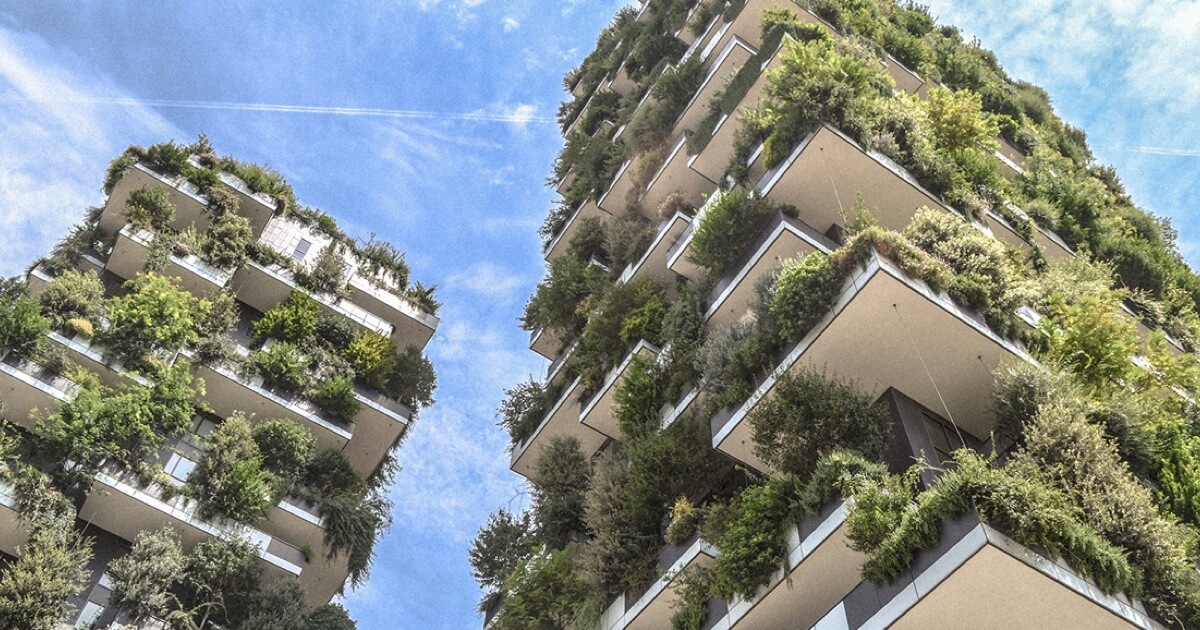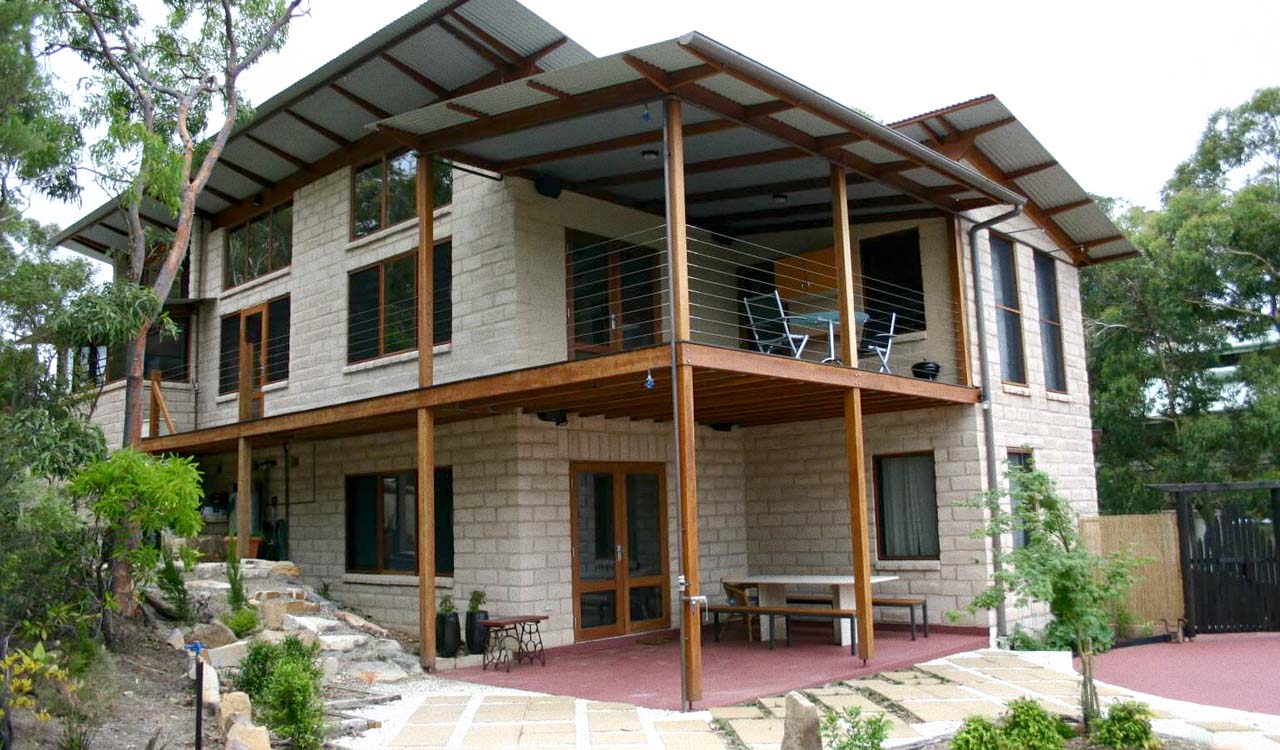What is LEED?
Leadership in Energy and Environmental Design was born out of the joint visions of David Gottfried, Mike Italiano and Rick Fedrizzi, who founded the U.S. Green Building Council (USGB) in 1993.
The three gathered representatives from over 60 architecture firms and several nonprofits to discuss the need for more sustainable building practices and a related rating system.
By 1998, the first LEED v1.0 was developed and began testing pilot projects. Since then, LEED has been updating its parameters and requirements and we are now at v4.1. Currently, there are four types of LEED certification based on a points system:
- Certified 40-49 points
- Silver 50-59 points
- Gold 60-79 points
- Platinum 80+ points
These points are awarded after a review process conducted by Green Business Certification, Inc. (GBCI).
Are there certifications?
Yes. LEED also offers two certifications for professionals in the sustainability business. The LEED® Green Associate™ certification is for those new to green building practices while the LEED AP™ is designed for those who already have some experience in green building.
The LEED Green certification applies to those beyond construction. Anyone considering a career in property management or development, human resources, facility administration, project management, healthcare operations, marketing for the building industry, supply chain management, or real estate brokerage should consider becoming a LEED Green Associate.
Why is green building important?
There are several important factors that both influence and are affected by a green building: finance, health, and climate change. Each factor is arguably equally important and all factors point to one thing – green building is the way of the future.
Finance
On the financial side, the green building industry has been growing for years. The World Green Building Trends published data that showed the following growth in the 2015-2018 timeline:
- LEED-related construction spending supported 1.4 million jobs
- $95.7 billion in labor earnings
- $108.8 billion generated in GDP
Green buildings are reported to be more valuable by a reported 7% increase in asset value. They also save on utility bills for landlords and individual homeowners alike. There is usually a federal, state, or local financial incentive for green buildings. Sometimes, these projects are also permitted more quickly than traditional construction projects.

Health
There is tangible suffering to our health as a result of how we as humans live and interact with this planet. LEED buildings can help. Here’s one very simple example:
India’s first LEED Platinum building came to be because the CEO was told to move because his health was seriously suffering from living and working in Delhi. Instead, he began working on environmental shifts to the environment, first by incorporating 1,200 of plants into the workspace.
- 4 plants per person
- Reported respiratory illnesses dropped 34%
- Headaches and eye irritation went down and productivity went up
In addition to the plants, the Paharpur Business Center constantly monitors building systems to make sure they’re operating as efficiently as possible. Here are some of the steps they took:
- Install cooling towers and solar panels
- Use of variable frequency drives in all pumps
- Installation of air washer, green house, and heat recovery wheel
- Use of light-reflecting paint
- Rainwater harvesting
- Recycling greywater
- Waste separation and closed-loop composting on site
Studies have shown that employees who transition from conventional office environments to LEED buildings improve productivity, reduce stress, and reduce absenteeism.
LEED buildings and climate change
Buildings represent 40% of the world’s annual CO2 emissions. It’s a no-brainer that more energy efficient and waste reduction practices are needed to help curb the human impact on climate change.
A UC Berkeley study found that LEED buildings contribute 40% fewer greenhouse gasses (GHGs) than conventional buildings just due to changes in water consumption. LEED buildings consume less energy, process less waste, and improve indoor environmental quality.
Each of these factors is critical to having a positive impact on climate change.
4 Green building trends to watch
1. Zero-net energy
Zero-net energy buildings give back as much energy as they consume. Through intentional design and on-site alternative energy (like solar), these buildings are able to use 50-70% less energy than traditional building models.
2. Prefab construction
Prefab construction may conjure images of being stuck behind a double wide on the highway. While it’s more complex, the benefits of less energy spent during material transport applies. Builders have more control over the process and can work to transport materials to one location where the modular or prefabricated piece is built.
3. Green building materials
We’ve seen bamboo sheets, shoes, and clothing pop up all over our Instagram feeds; and there’s a reason. Bamboo is an inexpensive and readily available material that can be harnessed in many ways. Recycled materials, like plastic or repurposed wood, are also becoming more commonplace in construction.

4. Smart buildings
For anyone who’s watched the Apple+ film Severance, the scene of employees walking through sensory-lit hallways may pop into your mind. In truth, more than just lights are automated in smart buildings. Everything is monitored and optimized – lights, water, ventilation, cooling and heating, etc.
Green building trends represent a massively growing and vitally important industry. Our planet needs much more from us than ditching plastic water bottles. Beyond individual initiatives, organizations need to make the shift towards sustainability.

